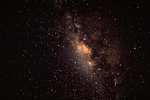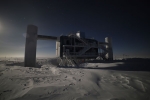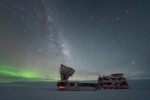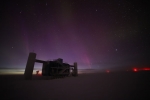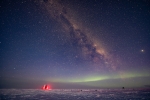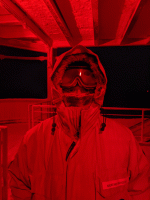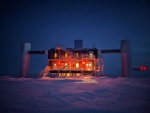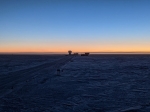Just as the skies reached complete darkness at the Pole last week, up rose the moon.
Finally more stars and auroras can be observed at the South Pole as the sky continues to get darker and darker.
IceCube’s winterovers were out at the IceCube Lab (ICL) for some troubleshooting last week, and they captured a few different views of the ICL in photographs.
The Texas Advanced Computing Center (TACC) announced the set of 21 codes and “grand challenge”-class science problems that will receive funding through the Characteristic Science Applications (CSA) program. Among the chosen applications was the IceCube Neutrino Observatory, which will use advanced software to improve multimessenger astrophysics efforts.
Last week at the Pole was quiet for the IceCube detector but not so quiet for the winterovers.
Last week, IceCube winterovers went out to the IceCube Lab to do some inventory and check on the wind turbine on the roof.
Last week at the Pole brought claims of auroras in the skies overhead, but no photos to go with those claims—not yet anyway.
Ahh…twilight—that magical time when our surroundings seem to soften under the diminishing light of day.
Last week’s weather at the Pole was a little cloudy, but fortunately, there were moments when the skies cleared here and there to watch the sunset.

